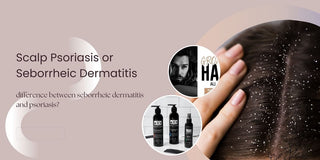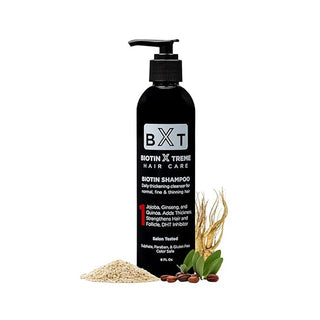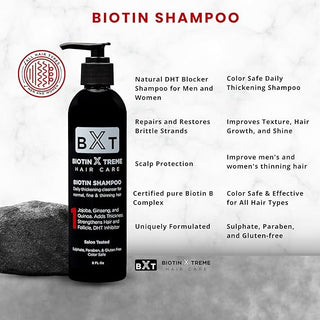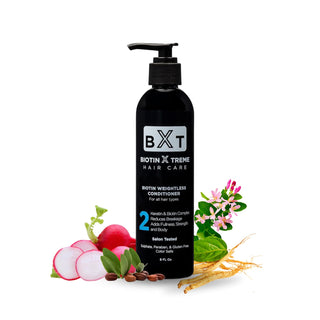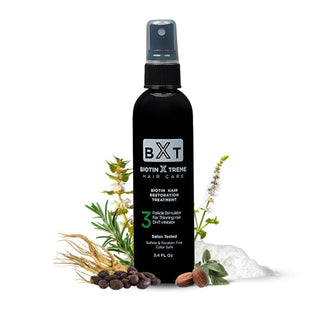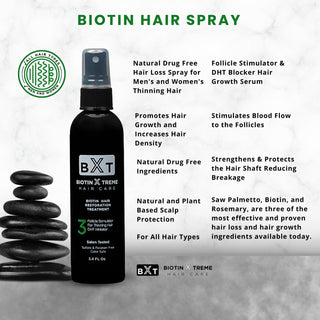Itchy and flaky scalp is a common problem from which many people suffer around the world. It is a mistake to ignore these symptoms. It is always better to consult with a dermatologist to know the underlying causes behind these problems but there are various reasons behind dry, itchy and irritated scalp. Scalp psoriasis or seborrheic dermatitis can also be the cause. A medical practitioner looking at the symptoms can tell if you are suffering from these problems.
Here is a broad outline of the two scalp conditions:
Scalp psoriasis-What is it?
Scalp psoriasis is an enduring and chronic auto-immune disease-causing skin inflammation. It happens when the skin cells on the scalp’s surface reproduce too fast. Therefore, thick, red patches covered with silvery white scales appear on the scalp’s surfaces and the areas around it. Those areas are called plaques. The causes leading to scalp psoriasis are however still unknown. However, it is believed that a combination of genetic factors and immune system dysfunction can be the primary reason behind this skin irritation or problem. Many clients observe that stress can also trigger a response.
The areas usually affected by scalp psoriasis are the following:
- Hairline
- Skin surrounding ears
- Back of neck
- Forehead
Who can be affected by scalp psoriasis?
It can affect both men and women. However, the chances of scalp psoriasis increase if you are:
- Overweight
- Use alcohol
- Suffering from stress and depression
- Smoking tobacco
- Some forms of medication
- Having an autoimmune disease
How do you treat scalp psoriasis?
It is challenging to treat scalp psoriasis. A complete cure is still hard to find. There is no single treatment procedure that works best for every individual. Every other person suffering from scalp psoriasis responds differently to the available treatments. However, various types of treatments are available to control the symptoms of this disease. Sometimes, the plaques seem to go away entirely, whereas sometimes they can recur, adding to the woes of the one suffering from it.
If you are suffering from mild psoriasis problems, a healthcare provider may prescribe treatments in the form of gel, shampoo, cream, or lotion to control the problem. The two active ingredients of such products are as follows:
- Salicylic acid
- Coal tar
In severe cases, you may need injections, oral pills, or phototherapy using UV rays. Remember that only the medical practitioner can suggest the best treatment that may work for your condition.
What is seborrheic dermatitis?
Seborrheic dermatitis is commonly known as dandruff. This is a common skin problem where rough flaky skin appears on the scalp, behind the ears, eyebrows, at the base of your nose, genital areas, and face. The condition does not harm any part of your body. However, dandruff can be the cause of poor hair health and hair loss too. It is a common problem from which many suffer, but it is not contagious. It's not entirely curable: dandruff may disappear with treatment but may come back again. The condition can persist, but natural shampoos, conditioners and a healthy diet with lots of natural good fats and oil may help.
Who can suffer from seborrheic dermatitis?
Almost five percent of the adult population suffers from seborrheic dermatitis. It can happen to people of any age that includes infants who are three months old or adults of 60 years of age, who can suffer from this dandruff problem. This dermatitis happens more to people with dry skin and is more common in men than that of women. Though the weather does not cause dandruff, the condition worsens if you are living in a cold dry region. People suffering from certain health conditions are more prone to develop this dermatitis.
How to treat seborrheic dermatitis?
People suffering from dandruff can use shampoo containing selenium and coal tar. A healthcare provider may also suggest anti-fungal shampoo. Depending on the severity of the condition, you have to use the shampoo at least two to three times a week. Prescribed medications can improve flaking and soothe itching.
What are the differences between scalp psoriasis and seborrheic dermatitis?
Symptoms like skin patches with white flakes can be found for psoriasis and dermatitis. These patches appear on the scalp. So, how do you differentiate whether it is psoriasis or dermatitis?
So, let’s consider how they look. The patches of psoriasis are somewhat thicker with well-defined edges and seem to be silver in color. On the other hand, flakes of dermatitis are a bit greasier, thinner, and usually yellowish in appearance. It is easier to remove the patches of dermatitis. But if you try to do that with psoriasis patches, it may start to bleed and become even thicker.
It is very difficult to distinguish between these two conditions as the symptoms overlap. You must visit an experienced healthcare provider who can suggest what has happened to you and perform the suggested treatment.
